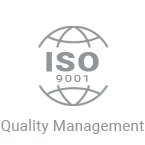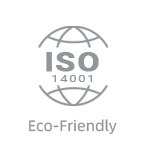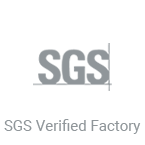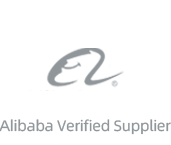Wet wipes, also known as moist towelettes or wet napkins, are disposable hygiene products that are pre-moistened with a solution. They are designed for various purposes such as personal hygiene, cleaning, and sanitizing. Wet wipes typically come in a folded or rolled form and are individually packaged for convenience.

Classification of wet wipes:
1. Personal hygiene wipes: These wipes are used for personal care purposes such as cleansing the face, hands, body, or intimate areas. They may contain gentle cleansing agents, moisturizers, and fragrance.
2. Baby wipes: Specifically designed for babies, these wipes are used for cleaning the baby’s skin during diaper changes or for general hygiene. They are typically gentle, hypoallergenic, and free from harsh chemicals.
3. Makeup removal wipes: These wipes are formulated to remove makeup, dirt, and impurities from the face. They often contain cleansing agents, moisturizers, and sometimes specific ingredients for targeting different skin types.
4. Household cleaning wipes: These wipes are used for cleaning surfaces, such as kitchen counters, bathroom fixtures, or furniture. They are typically infused with cleaning agents and disinfectants to effectively remove dirt and kill germs.
5. Disinfecting wipes: These wipes are designed to kill bacteria and viruses on surfaces. They often contain disinfecting agents such as alcohol or quaternary ammonium compounds to provide sanitizing properties.
6. Specialty wipes: There are also specialty wipes available for specific purposes, such as pet wipes for cleaning pets, screen wipes for electronic devices, or automotive wipes for cleaning car interiors.

It’s important to note that while wet wipes offer convenience, they can contribute to environmental issues if not disposed of properly. Some wet wipes are not biodegradable and can clog plumbing systems if flushed down toilets. Therefore, it’s recommended to dispose of wet wipes in appropriate waste bins.












